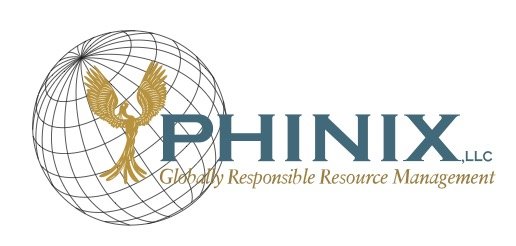The Recent Rally in Aluminum; How Different it is From the Commodity Boom in 2000’s
LME aluminum recently touched the $3,000/MT mark on September 13, not seen any time after 2008, when it registered the lifetime high of $3,292/MT. The aluminum price is about 50% up from the lows it saw in May 2020. The current rally in price is mostly driven by the fear of a supply crunch in China in a period of high demand. The price rise also brought about the fear of an impending correction to be followed soon. Are prices going to come down soon? I see no such indication.
Aluminum prices increased steadily during the commodity boom period from 2004 to 2008, supported by global growth and buoyant demand. However, prices crashed in 2009, after the global recession when demand plunged with an industrial slowdown. When we analyze the developments over the next decade, we can see the aluminum price trends and the drivers behind them. The series of events also tell us how the price rise in 2021 is different from the price rise in 2008.
Aluminum prices picked up from 2010 driven by growing consumption from China. However, over-enthusiastic production across the world and excess global supply led to a drastic fall in prices by the end of 2013. With the implementation of new warehouse rules by LME and capacity cut by global producers, aluminum prices witnessed some improvement in the period from 2014 to 2016.
The industry saw an actual rise in price in the last three years, supported by positive market fundamentals (global growth and healthy demand, deficit market), higher alumina prices, and closure of high-cost old aluminum smelters.
The Covid-19 pandemic that grappled the world in 2020 and continued for more than a year, was the most unprecedented and unexpected challenge faced by the global economy and community in the 21st century. The pandemic affected the aluminum sector as any other industries and prices plunged to as low as $1,437/t in May 2020, because of the industrial recession.
The current price rise witnessed by the industry is the result of a V-shaped recovery after the pandemic-led recession, driven by strong global demand and tight supply. Strict environmental restrictions in China have squeezed aluminum production into the world’s largest supplier. Further, political unrest in Guinea has already created uncertainty about sourcing bauxite, the key raw material for aluminum. Contrary to that, the market is red hot with demand skyrocketing from all quarters after the reopening of the economies with support from the vaccination programs and Government stimulus. This phenomenon is contradictory from what happened in 2009. While in 2009, a recession followed a boom, in 2021, it is a boom that followed a recession. And the boom is supported by steady market fundamentals.
It is very unlikely that aluminum prices will fall this year unless there is any strong change in the current scenario. Alumina, the key input materials continue to sell at high prices. The latest contract for LME Alumina (CRU/Fastmarkets MB) was closed at $378.39/t. (https://www.lme.com/Metals/Non-ferrous/LME-Alumina#Trading+day+summary). On the other hand, energy prices are skyrocketing, whether it is oil or coal. Shortage of coal supply, strict emission standards, and growing demand from the industries have pushed coal prices to record highs.
From the inventory perspective, LME Aluminium inventories have dropped 35% since March 2021 to 1.27 million tons. China's social inventories of aluminum across eight consumption areas stood at about 789,000 million tons as of September 23, down 64% from March 2021. (https://news.metal.com/newscontent/101606840/China-Weekly-Inventory-Summary-and-Data-Wrap-Sep-24/) Higher demand and falling warehouse inventory, supported by higher input prices, leave no gap for prices to drop at the present scenario.
Aluminum price, higher demand and supply crunches have been key topics of discussions in the recently held aluminum events such as Harbor Aluminum Summit, the Aluminum USA Conference, CRU Aluminium Business Summit and the 2021 ISRI Commodity Roundtables Forum. Most delegates agreed that supply constraints would continue through the rest of this year and most of 2022. We don’t see prices coming down any sooner. This period creates numerous opportunities for industry stakeholders to work and grow together. However, like all other industries, rising input prices will also be taxing for the manufacturing sector and the end-users. The need of the hour is to look for opportunities in the overall bullish market for aluminum, which is the metal of the future. We need every pound of aluminum that is produced and consumed. The challenge is to keep the industry balanced, profitable and create a level playing field for the participants. The bigger goal is achieving sustainability and circular economy for the industry. This requires a stricter approach towards aluminum recycling along with a constant effort towards carbon neutrality.
We pledge to support the cause of improving the UBC recycling rate in the US from the current 46% to an aspirational 75%. Join us to be a part of the greater goal: https://bit.ly/UBCrecycling



